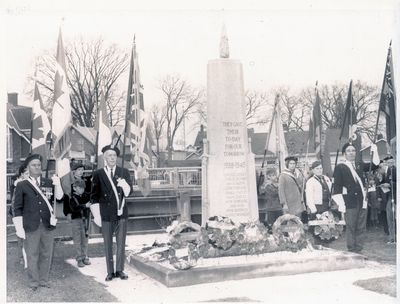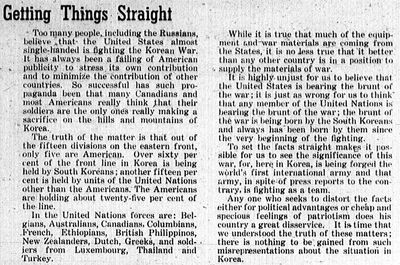From Korean War to an Independent Canada
After the conclusion of the Second World War Canada rose to be one of the many active members of the United Nations, and joined the NATO alliance in 1949 to work closely with major military powers like the United States, the United Kingdom, and France on an equal base. From this point, Canadian military is no longer under the leverage of the United Kingdom, as the country has proven itself to be a potent, independent power to speak for itself on the international stage.
As part of the NATO alliance, as well as the United Nations, Canada actively responded to the Korean conflict and decided to intervene while closely collaborating with its allies. By the end of the Second World War, continuous media coverage had greatly increased the public awareness of combat veterans and the cruelty of armed conflict, and people became increasingly worried about casualties during conflicts. While media coverages remain an extremely important source to inform people about the course of the conflict, Canadians also began paying more attention to those who suffered from trauma and injuries and wished to share their stories. Starting from the 1950s, Canadians began perceiving and experiencing wars and conflicts in completely different ways than they would during the two world wars as civilians were no longer mobilized into the arms industry. Therefore, the attention of the entire society falls on the individual soldiers who took great risks overseas.
During the Cold War, we saw an increase in coverage, especially photographic documentation of the Canadian soldiers who fought abroad, as well as understanding their living conditions and stress from a much more graphic perspective. People were more touched by media coverage of the stories of wars and conflicts thanks to the advancement in media that started including more photos. We also see the increase in scales and media coverage during commemoration ceremonies like Remembrance day. Information relates to commemoration, cultural heritage, and conditions of wars have become easier to access for the general public since the end of the Second World War. As a result, more people are starting to learn and understand the sacrifices of not only the combat veterans, but also workers and social movements that play irreplaceable roles during the time of war.



